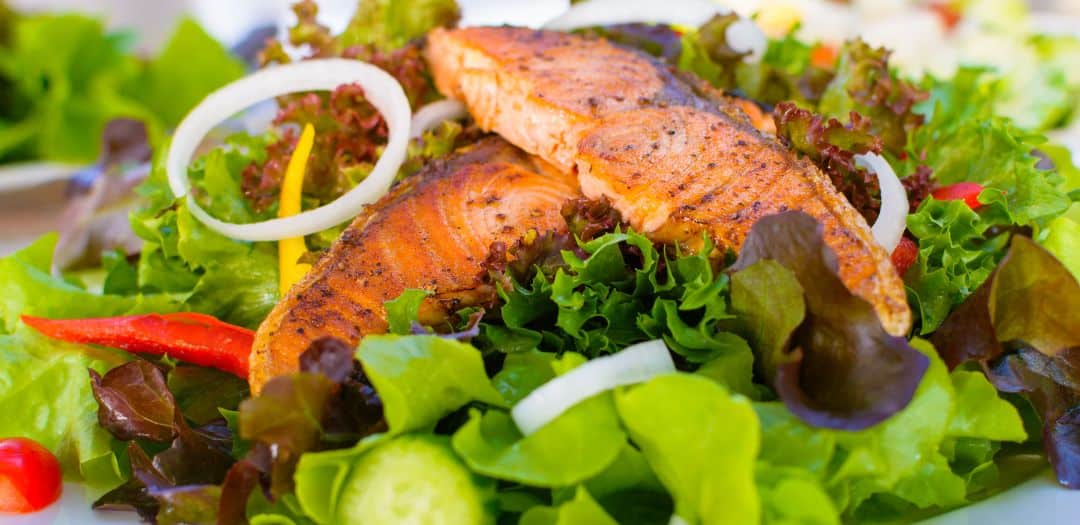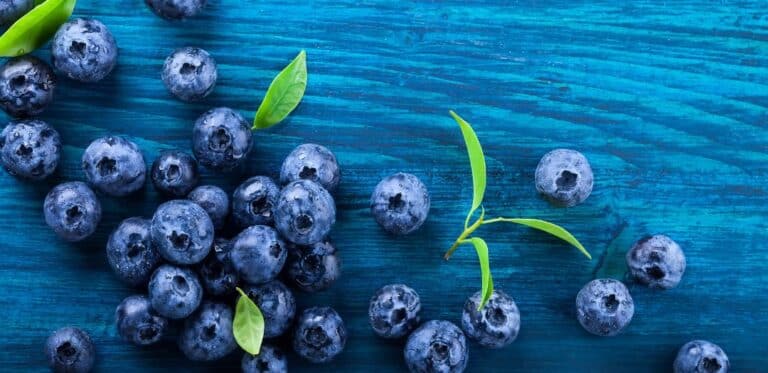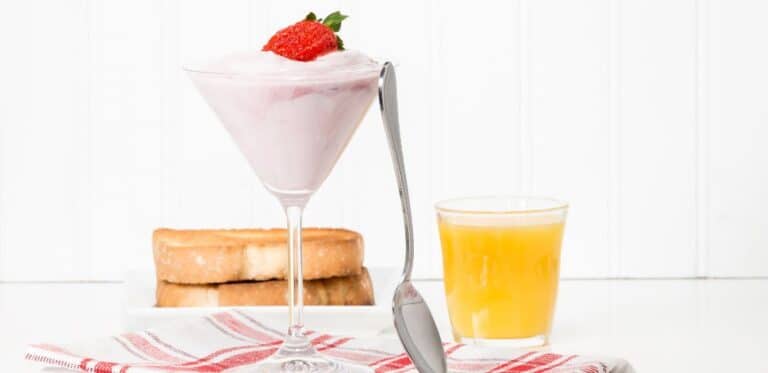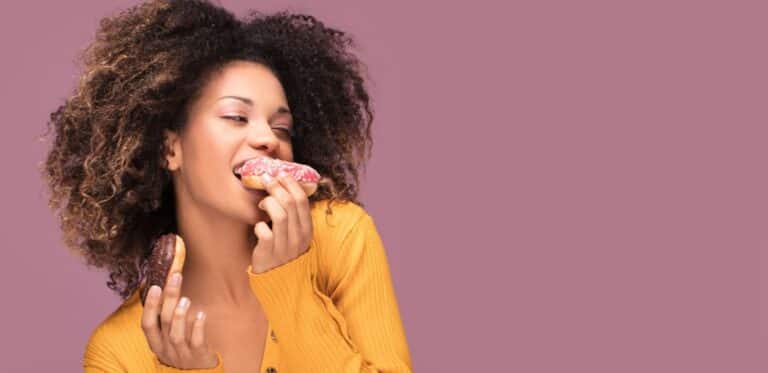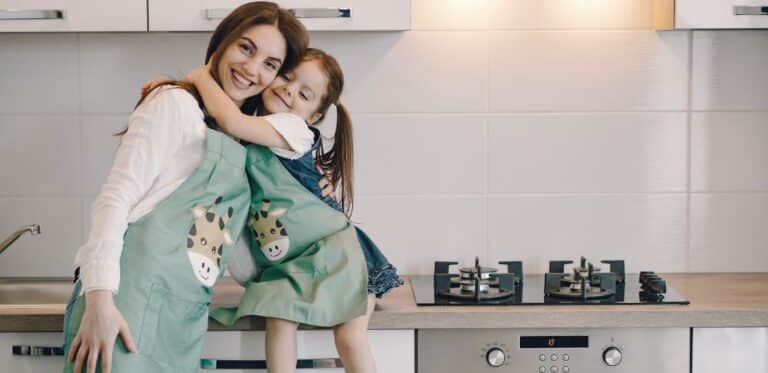How Iron Boosts Weight Loss
Weight loss and healthy eating go hand in hand, so it’s important to get enough nutrients to ensure that your body works at its best to help you lose weight.
However, many people don’t think of iron as a nutrient, which might explain why low iron is the most common nutritional deficiency in the US.
Women are particularly susceptible to low levels, with reports from the Centers for Disease Control and Prevention stating that close to 10% of women in the US are iron deficient.
Lacking this crucial mineral means you’re likely to feel exhausted and fatigued, which isn’t ideal if you’re trying to get active to lose weight.
So, here we explain how low iron can stall weight loss and which foods you should be eating more of to boost your intake, your energy levels, and your weight loss results!
Why Do You Need Iron?
Iron is essential as it helps to transport oxygen through the body. Without enough of this mineral, your body can’t produce healthy oxygen-carrying red blood cells, meaning your body can’t get enough oxygen.
This causes fatigue and exhaustion, affecting everything from brain function to your immune system.
So, if you’re feeling tired, then low iron levels could be the reason.
Iron is also necessary to maintain healthy skin, hair, and nails, so for those of you experiencing hair loss, making sure to get more iron-rich foods in your diet can help with this.
In terms of weight loss, lacking in iron means that you are likely to feel weak and get tired more easily, so regular exercise will be difficult.
And, even if you can find the energy to exercise, without sufficient oxygen reaching the muscles, your metabolism will slow down, and your body will not be able to burn fat as efficiently, meaning weight loss is much harder to achieve.
How Much Iron Do I Need?
While men and post-menopausal women only require 8mg of iron daily, women aged between 19 and 50 require 18mg daily to compensate for blood loss through menstruation.
As many women can suffer from changes to their period, including more frequent menstruation and heavier bleeding, it is even more important to ensure that you get enough iron each day to compensate for this additional blood loss.
Certain medical conditions such as celiac disease, ulcers, or kidney problems can also cause your body to require more iron, and intense exercise can kill red blood cells.
Lastly, if you are vegetarian or vegan, you may need to take an iron supplement – this is because the body doesn’t absorb the type of iron found in plants and absorbs it from animal products.
Healthy Sources Of Iron To Boost Weight Loss
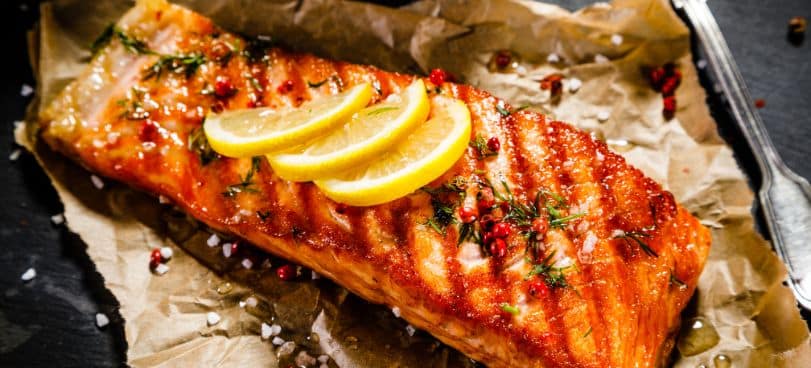
Although iron is better absorbed from heme (animal) sources, non-heme (plant) iron can be found in various nutritious foods, so it’s a good idea to get a combination of the two for optimum health and the best weight loss results.
If you’ve been diagnosed with low iron levels, then you should eat foods high in vitamin C alongside iron-rich foods to boost the amount your body absorbs, and avoid tea and coffee as these inhibit the absorption of iron.
Here are 10 healthy sources of iron to help boost your daily intake of this crucial mineral:
1. Lean Red Meat
Although beef and pork liver are packed with iron, if the liver isn’t to your taste, then opting for lean cuts of red meat will give you 2 to 3mg per 3oz.
And there’s no need to fear that red meat will stall your weight loss results; lean red meat has a great protein-to-calorie ratio, helping to build those muscles and help with fat burn as well as boosting your red blood cells.
For the leanest cuts, avoid ‘prime’ red meat cuts, which are high in artery-clogging saturated fat, and instead go for leaner ‘round’ or ‘loin’ options.
2. Pumpkin Seeds
This popular fall snack is packed with iron, with a 1oz serving (equivalent to a handful) packing in close to 1mg.
Pumpkin seeds provide the most iron when eaten raw; eat them as a snack or sprinkle them on your salad to benefit from their nutritional benefits.
3. Legumes
The savor of many a vegetarian, legumes like beans bulk up meat-free meals with their high protein and fiber content and also pack in good amounts of iron per cup.
Soybeans pack in the most iron with around 8mg per cup, while lentils contain 6.6mg per cup, and garbanzo beans provide you with around 5mg per cup.
4. Seafood
If you need an excuse to push the boat out, oysters are the leaders in iron-packed seafood, with around 8mg in a 3oz serving or about 2.3mg per medium-sized oyster. Cuttlefish score similarly high per serving, while whelk and mussels also give you at least 6mg of iron per serving.
If these aren’t on your regular menu, common fin fish like haddock, salmon, and tuna are all good sources.
5. Potatoes
There’s no need to stay away from potatoes despite what low-carb dieters might have you believe.
Of course, fries and chips are high in fat. Still, a baked potato is the perfect way to benefit from the fiber and nutrients that potatoes provide – including around 3.2mg of iron per medium-sized baked potato (including the skin).
They’re also a great source of vitamin C, meaning that they help your body to absorb the iron they provide, so they’re a great option for vegetarians.
6. Nuts
As well as being a great protein-packed snack, nuts contain iron and other nutrients to boost health and metabolism.
Cashews and pine nuts come out on top as a 1oz serving provides 1.7mg. Other nuts which pack in a good amount of iron are hazelnuts, peanuts, almonds, pistachios, and macadamia nuts.
7. Green Leafy Vegetables
For a low-calorie supply of iron, you can’t beat green leafy vegetables like spinach and collard greens.
Spinach packs in an impressive 6.4mg per cup, collard greens give you 2.2mg per cup, kale contains 1.1mg per cup, and a cup of arugula contains 0.3mg of iron.
Be sure to add a variety of these greens to your diet, and you’ll boost your iron intake and your nutrient count in no time, and all for a handful of calories.
8. Whole Grains & Fortified Cereals
Whole grains such as quinoa, brown rice, and oatmeal naturally contain good amounts of iron with around 2 to 3mg per cup (cooked).
However, many breakfast bowls of cereal are fortified with iron to give you as much as 100% of your daily recommended intake, as well as B vitamins and other nutrients.
So, as long as you follow our rules for choosing the best cereals, then your breakfast bowl could set you up for the day with a boost of many of the minerals and nutrients your body needs.
9. Sun-Dried Tomatoes
As well as being super tasty, sun-dried tomatoes give you a whopping 5mg of iron per cup, so feel free to add them to your salads and pasta dishes for a nutritious burst of flavor.
10. Dried Fruits
Dried fruits like raisins, prunes, dates, and dried apricots are nutrient-dense treats that contain a good amount of iron per serving.
And while they’re no replacement for fresh fruits and the low-calorie nutrients they provide, dried fruit is a great option for adding to salads or as an easy portable snack that also helps to boost your iron levels.
Half a cup of raisins gives you 1.6mg of iron, while half a cup of dried apricots gives you 2mg.
Another great option for an iron-rich boost is prune juice, which combines 3mg of iron and 2.5g of vitamin C per glass, which helps your body absorb the iron it provides.
Are you getting enough iron in your diet? Let us know by commenting below!
